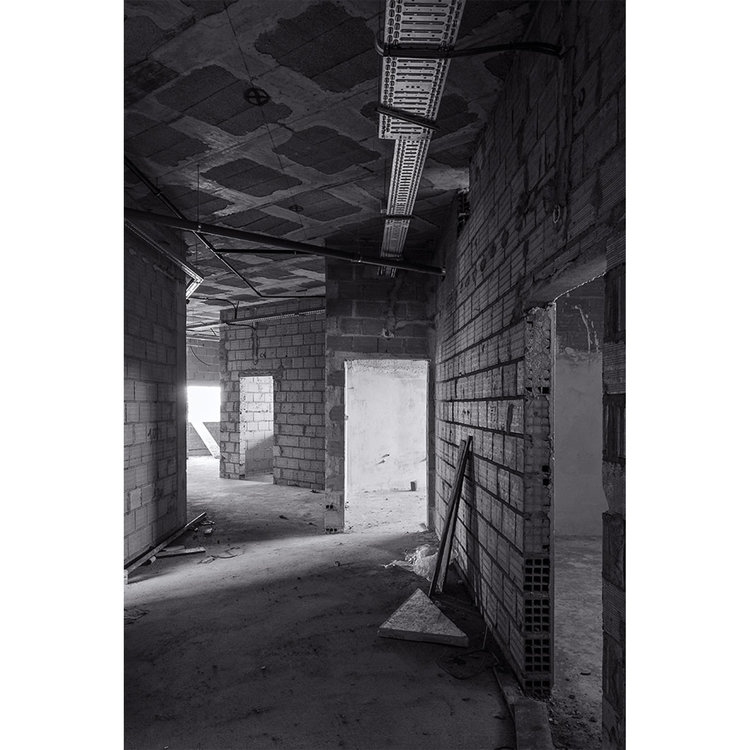ARCHEOGRAPHY
BY NUNO MATOS DUARTE
Nuno Matos Duarte graduated in architecture at Oporto School and received post-graduation degree in “Photography, Project and Contemporary Art” at the IPA-Atelier de Lisboa He works as an architect mainly as author of public building projects in Alentejo, Portugal. Self-taught practitioner of several art forms, his visual works were exhibited in collective and individual shows. In 2004 he was shortlisted for the II Lexmark European Art Prize.
Bring ethic dimension back to image urges, for we can fight against the cloud of indifference that haunts it. On one hand, if today work of art creation using photographic techniques shouldn't ignore the teachings of conceptualist pioneer photographers, on the other hand, it is no longer viable tout court adoption of the proto-conceptual and conceptual methodologies that established the starting point of all photography since Ed Rucha and the Bechers (either by convergence or divergence). Nuno tries to imbue his photographic œuvres with a multidisciplinary spirit that tends to express itself through subtle and complex systemic games that, although faithful to visible, are able to prevail over its immediacy.
While inquiring into the conflict between new and duration in art, Adorno wrote: "(...) through duration art protests against death. (...) Art is the semblance of what is beyond death' s reach (....)"1. From all the artistic disciplines architecture might be the one that more appears to our eyes as evidence of this protest. Paradoxically, the aim at eternity that characterizes architectural form, human as it is, carries the ineluctable awareness of that impossibility. Right from the first sketches, architecture always exhibits the insigne mark of nostalgia and also the peculiar melancholy of a future time that still is not its, and of another time from which it will no longer be a part of. Memorable images of architecture are those that allow contamination by the fragrance of this kind of nostalgia, and by the desire that manifests itself through representation of impossible timelessness and unreachable spatiality. Thus, Archeography shows the specific phase of a construction site in which the form, while already revealing architectural intentions in the raw rudeness of materials, is standing closer to the melancholic emptiness of ruin, than to the finalized inhabited building in its functional plenitude. Much of its allure elapses not only from this fact but also from a certain evocation of the timelessness of monument transpiring from the given evidence of the ephemeral.








